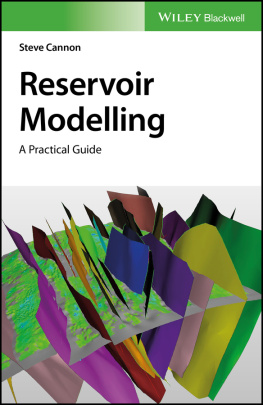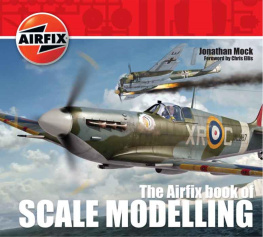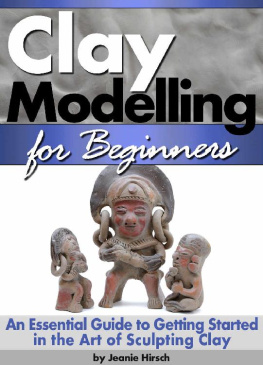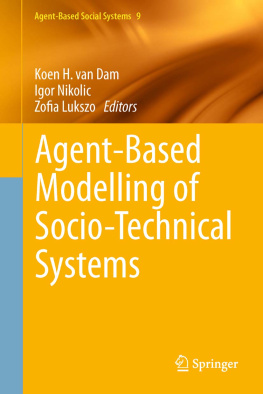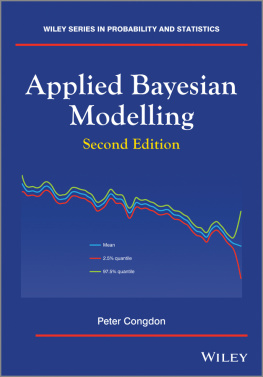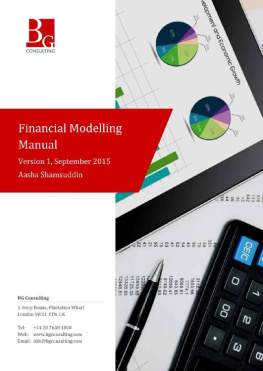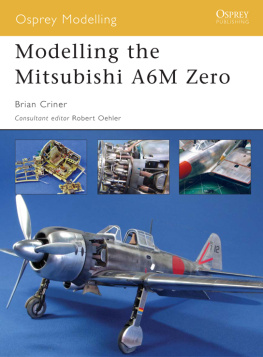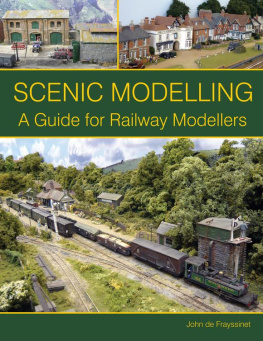
This edition first published 2018
2018 John Wiley & Sons Ltd
All rights reserved. No part of this publication may be reproduced, stored in a retrieval system, or transmitted, in any form or by any means, electronic, mechanical, photocopying, recording or otherwise, except as permitted by law. Advice on how to obtain permission to reuse material from this title is available at http://www.wiley.com/go/permissions.
The right of Steve Cannon to be identified as the author of this work has been asserted in accordance with law.
Registered Office(s)
John Wiley & Sons, Inc., 111 River Street, Hoboken, NJ 07030, USA
John Wiley & Sons Ltd, The Atrium, Southern Gate, Chichester, West Sussex, PO19 8SQ, UK
Editorial Office
The Atrium, Southern Gate, Chichester, West Sussex, PO19 8SQ, UK
For details of our global editorial offices, customer services, and more information about Wiley products visit us at www.wiley.com.
Wiley also publishes its books in a variety of electronic formats and by print-on-demand. Some content that appears in standard print versions of this book may not be available in other formats.
Limit of Liability/Disclaimer of Warranty
While the publisher and authors have used their best efforts in preparing this work, they make no representations or warranties with respect to the accuracy or completeness of the contents of this work and specifically disclaim all warranties, including without limitation any implied warranties of merchantability or fitness for a particular purpose. No warranty may be created or extended by sales representatives, written sales materials or promotional statements for this work. The fact that an organization, website, or product is referred to in this work as a citation and/or potential source of further information does not mean that the publisher and authors endorse the information or services the organization, website, or product may provide or recommendations it may make. This work is sold with the understanding that the publisher is not engaged in rendering professional services. The advice and strategies contained herein may not be suitable for your situation. You should consult with a specialist where appropriate. Further, readers should be aware that websites listed in this work may have changed or disappeared between when this work was written and when it is read. Neither the publisher nor authors shall be liable for any loss of profit or any other commercial damages, including but not limited to special, incidental, consequential, or other damages.
Library of Congress Cataloging-in-Publication Data
Names: Cannon, Steve, 1955- author.
Title: Reservoir modelling : a practical guide / Steve Cannon, principal consultant (Steve Cannon; Geoscience).
Description: First edition. | Hoboken, NJ : Wiley, 2018. | Includes bibliographical references. |
Identifiers: LCCN 2017056087 (print) | LCCN 2017056889 (ebook) | ISBN 9781119313434 (pdf) | ISBN 9781119313441 (epub) | ISBN 9781119313465 (cloth)
Subjects: LCSH: Reservoirs-Mathematical models. | Hydraulic structures-Mathematical models.
Classification: LCC TC167 (ebook) | LCC TC167 .C36 2018 (print) | DDC 627/.86015118-dc23
LC record available at https://lccn.loc.gov/2017056087
Cover Design: Wiley
Cover Image: (Reproduced) Courtesy of Emerson-Roxar
To all the Cannons, Nichols, Whitleys, Reeves and Watsons who\break have supported my geological studies, especially on the beach at Porthmadog and many other outcrops around the world!
Preface
This book has matured over 40 years of practical oilfield experience in mud logging and well site operations, from core analysis to sedimentology and reservoir modelling to field development: I have been fortunate to have had the opportunity to be employed in a variety of different roles for a wide range of companies and organizations. All of this has culminated in the opportunity to teach a successful course on integrated reservoir modelling, which forms the foundation of this book.
By profession, I am a geologist, by inclination a petrophysicist and I am a reservoir modeller by design. In reality, I promote the building of fit-for-purpose reservoir models to address specific uncertainties related to hydrocarbon distribution and geological heterogeneity that impacts fluid flow in the reservoir. A simple mantra for reservoir modelling, as in life, is keep it simple: we never have enough knowledge or data to rebuild the subsurface only to try and make a meaningful representation of the reservoir.
My background in reservoir evaluation gives me the experience to promote 3D modelling as a solution to most field development and production challenges as long as the question being asked is properly defined. Reservoir simulation projects are clearly designed to address specific issues, so should geological models, be it volumetric estimation, well planning or production optimization. This book is focused on the development of structurally complex, clastic, offshore fields rather than large onshore producing fields. This is largely because of the difference in well numbers and spacing; geostatistical software modelling products were developed specifically for these challenges. That the same tools have been expanded for use in giant onshore fields with a large well count has made 3D geo-modelling the tool of choice for reservoir characterization and dynamic simulation.
The person building a reservoir model can be part of a multidisciplinary team, the ideal situation in my view: or a geologist who knows how to use the software and is part of a linear workflow that starts with the geophysicist and ends with a reservoir engineer; in this case, each discipline often uses a different software product and there is minimal discussion at each stage of the process. Increasingly, the seismic interpreter can build the structural model as the first step and the geologist builds and populates the grid. Whichever situation you find yourself in, it is essential to take the rest of the stakeholders with you at each stage of the model.
The book does not promote one type of method over another or specify one commercial product above another; I am grateful to a number of organisations that have provided me with the tools of my trade, especially Schlumberger and Emerson-Roxar. My background as a consultant with Roxar Software Solutions from 2000 to 2008 defines my preference for object modelling of geological facies, rather than pixel-based methods, but in reality, the software tools available to the modeller allow a wealth of options. I would like to thank Aonghus O'Carrol, Dave Hardy, Neil Price, Doug Ross, Tina Szucs and all the people who have told me to RTBM and play with the software. My thanks also to Steve Pickering and Loz Darmon from Schlumberger-NExT who encouraged me to develop the course and supported me during the delivery of the material to over 200 students worldwide and to Rimas Gaizutis who may recognize some of these ideas from working together in the past.
Finally, I am not an academic and this is not an academic treatise but a practical handbook. Many people will disagree with my philosophy when it comes to reservoir modelling, but when you are limited by: time, data or resources, pragmatism and compromise are the order of the day. A wise man once wrote, all models are wrong, though some can be useful (Box, 1979).
Steve Cannon
2018
Chapter 1
Introduction
The purpose of this practical guide is to summarize the procedures and workflow towards building a 3D model: the principles are applicable to any modelling project regardless of the software; in other words, this is an attempt at a practical approach to a complex and varied workflow (). What we are
Next page
